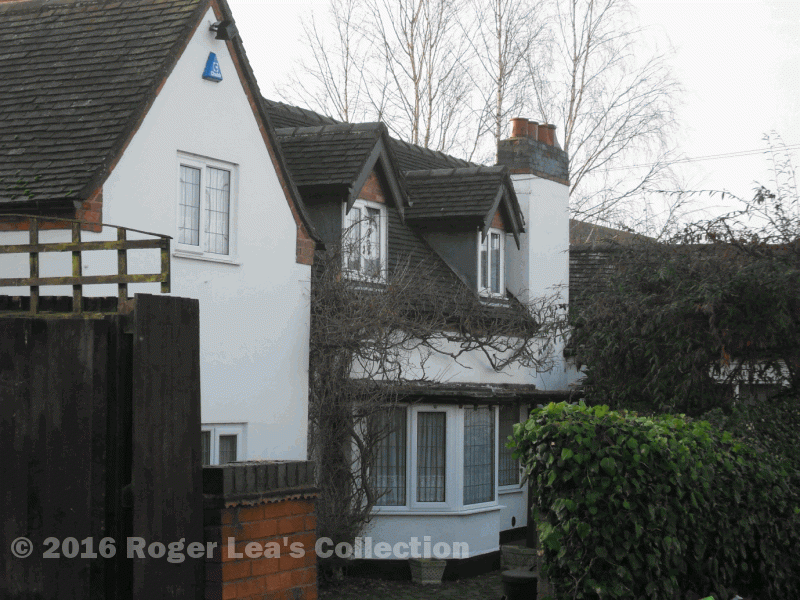Canwell Priory had been a small religious house until it was abolished in 1524, when the property came into the possession of Bishop Vesey. Between Bishop Vesey’s mansion at Moor Hall (built c.1525) and his estate at Canwell lay the London to Holyhead coach road and Roughley Common, a heathland with some squatters houses. Roughley was referred to by a contemporary as a den of thieves, and the stretch of road from Weeford to Wishaw passed through heaths and woods infested with highwaymen.
In order to prevent robberies, Vesey built a stone house (now known as Vesey Grange in Weeford Road). Here he installed one of his servants (as he had done at High Heath Cottage further along the road), as a deterrent to crime. Just across the way from Vesey Grange stands the cottage called Muffins Den in Slade Road, one of the hide-outs of the highwaymen. A highwayman who had staged a hold-up on the Staffordshire part of the London Road could easily escape across the border to Muffins Den, where the Sheriff of Staffordshire had no jurisdiction.
Thomas Eastham was travelling along the London Road towards Coleshill in August 1727, and called at Canwell Gate for refreshment. Also drinking there was Edward Powers, who offered to show Eastham a short cut across the commons to join the road again near Wishaw. It would have been possible at that time to go down Turfpits Lane from Canwell Gate, and then across open commons as far as Lindridge Road just north of the junction with Springfield Road. Lindridge Road was then known as Holly Lane, and it was in Holly Lane that Eastham was robbed and murdered. Suspicion for the Holly Lane murder soon fell on Edward Powers, he “being a man of bad character and dissolute habits”, and he was taken before the Sutton magistrates, who committed him for trial at Warwick. Powers was found guilty and hanged, and his body sent to Sutton to be displayed on a gibbet near Fox Hill, which the pair would have passed on their ill-fated short cut.
